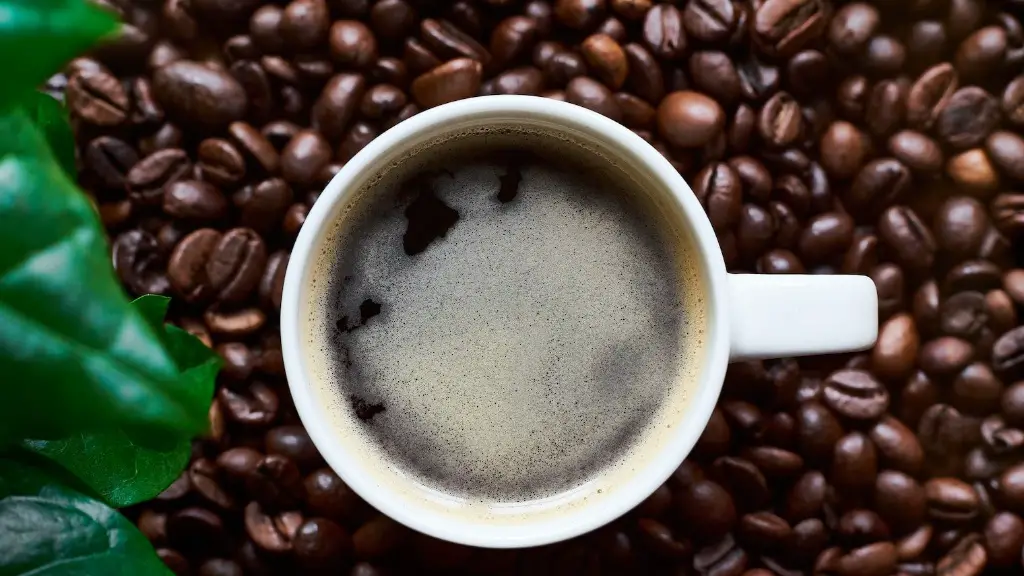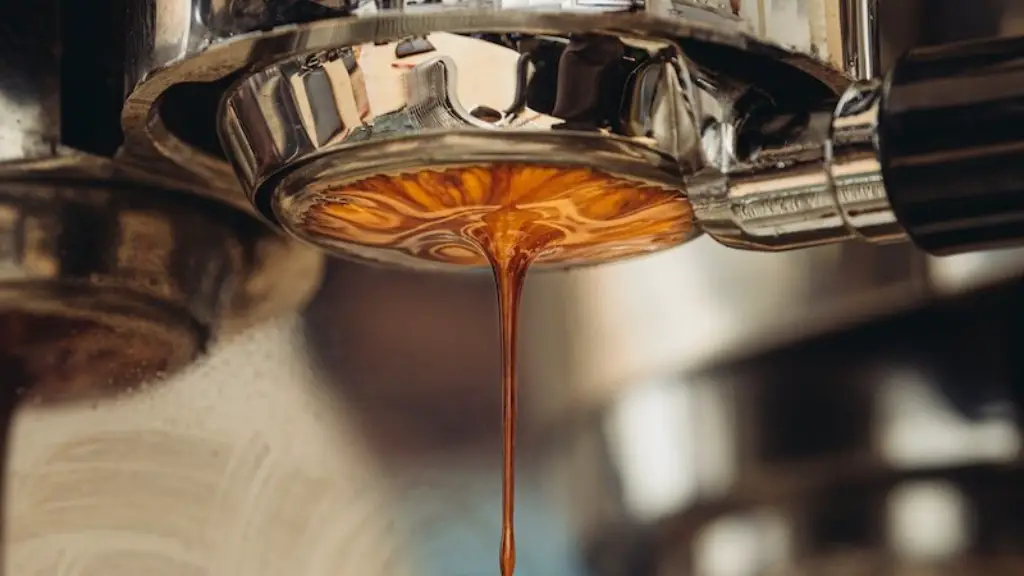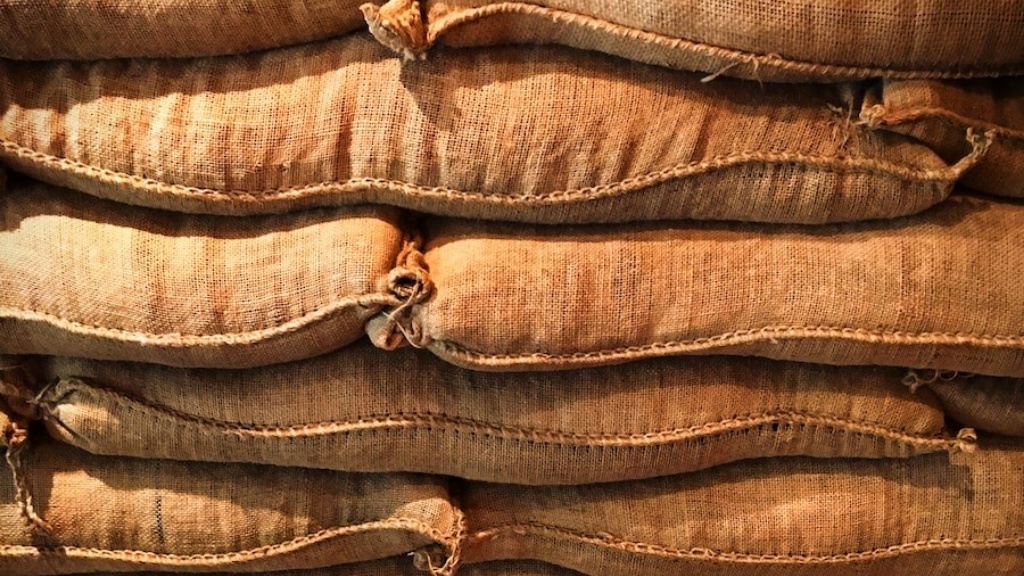Caffeine in Starbucks Frappuccino Coffee Drinks
Starbucks Frappuccino coffee drinks contain varying amounts of caffeine. This depends on the flavor of Frappuccino, the type, and size of the drink. The most popular way to consume Starbucks Frappuccinos is as a blended drink, but they also come in bottled, canned, and even ready to drink versions. But regardless of how you consume the drinks, they all contain caffeine.
Regular Frappuccinos, which are made with a mix of espresso and ice, contain around 75mg of caffeine per 12 ounces. However, if you opt for the Decaf version, it contains about 3mg of caffeine. The amount of caffeine in the various flavors varies depending on their ingredients.
Caramel and Mocha Frappuccinos, which are blended with caramel or mocha syrup, each have less caffeine at 65 or 65-75mg per 12 ounces, respectively. Vanilla and coffee-flavored Frappucinos have the most caffeine with 95mg per 12 ounces. The amount of caffeine in the bottled and canned varieties range from about 80-90mg per 16 ounces for coffee-flavored Frappucinos, to between 40-60mg for other varieties.
Due to the amounts of caffeine in Frappuccinos, many people opt to use them in place of coffee or other caffeinated beverages. Yet, according to experts, how much caffeine you consume should still be taken into consideration. Caffeine is considered generally safe when consumed in moderate amounts, which is up to 400 mg per day, but it can have stimulating effects that could cause anxiety or interfere with a person’s sleep. So, it may be best to switch up your coffee routine with some decaf Frappucinos or to just not drink them as often.
It’s also worth noting that some Frappuccinos contain added sugar, which may defeat the purpose of trying to limit your intake of caffeine-filled coffee. Consider that Starbucks signature caramel Frappuccino, for example, contains 57g of added sugar. Some bottles and cans, however, do feature less sugar and some even come in sugar-free versions.
Organic Alternatives
There are some organic, healthier options when seeking a caffeine-free alternative to coffee. Chai and tea-based drinks, for instance, use natural ingredients and minimal sugar. Plus, some of these beverages may also offer some health benefits. As an example, teas like yerba mate are a natural source of caffeine and are also packed with antioxidants. These types of drinks have less sugar and fewer calories than Frappuccino coffee drinks.
For those who prefer the same taste of a Frappuccino without the caffeine, companies like Califia Farms offer healthier, caffeine-free blended drinks made from natural ingredients. These drinks have almost zero sugar and come in unique flavors like mandarin ginger and vanilla and cinnamon. You can buy them online or in health food stores.
Califia Farms Frappucino drinks are made with ingredients like almond milk and chicory root and are packed with more fibre than traditional Frappucinos. Plus, they are non-dairy and soy-free, so there’s an option for just about everyone.
Other Beverage Choices
Those looking to take a break from coffee may want to opt for a smoothie instead. Making your own smoothie and adding toppings like fruits, yogurt, and granola, helps cut down on the added sugar you’d find in bottled drinks. Smoothies can also be a great way to get some added nutrients in your diet, depending on what ingredients you use.
Sports drinks like Gatorade are a great source of hydration after a workout and can also be an alternative to caffeine-filled coffee drinks. Energy drinks, on the other hand, are another popular source of hydration, but can include up to 280mg of caffeine per 16 ounces. Even though these drinks are popular, experts suggest, like with Frappuccinos, that consuming too much energy drinks could lead to health risks.
Besides beverages, there are other options when seeking a break from coffee. Such as eating a snack like nuts or chia seeds to help satisfy hunger.
Nutrition Facts
When looking for a break from coffee, reading labels and educating yourself on nutrition facts is very important. Checking nutrition labels on Frappuccinos and other caffeine-based drinks can help you avoid eating and drinking too many calories or added sugar. But if you’re looking for a healthier, caffeine-free alternative, it’s also important to read labels on bottled drinks and smoothies. Many of the healthier, caffeine-free drinks don’t have any added sugar, so that’s something to watch for.
By reading nutrition facts on various beverages and drinks, it’s also a great way to identify real ingredients from artificial ingredients. Many of the healthier bottled or canned drinks will include real ingredients like honey and lemon instead of artificial sweeteners or preservatives. Knowing what you’re consuming is the best way to make informed decisions about your health.
Recommendations
When deciding to take a break from coffee drinks, there are many options available. Consider switching your Frappuccino coffee drinks up with a chai or tea-based drink, or opting for a healthier smoothie with real ingredients. People should also be mindful of how much caffeine they’re consuming when looking for alternatives and to limit their intake whenever possible.
If you’re looking for something caffeinated, energy drinks can provide more caffeine than Frappuccinos, but you should still aim to limit your intake. Reading nutrition labels and understanding what ingredients are in the various drinks is a great way to identify healthy choices. Starters should start by trying some of the organic alternatives that don’t have any added sugar or artificial sweeteners.
Ingredients
When deciding on an alternative to coffee, it’s important to identify what ingredients the beverage contains. Frappuccinos and other caffeinated drinks usually contain plenty of sugar and calories, whereas healthier alternatives like teas and smoothies are made with natural ingredients like chicory root and honey. However, not all non-caffeinated drinks are healthy, as some still contain artificial sweeteners and preservatives.
Moreover, it’s worth noting that some drinks have a variety of added vitamins, minerals, and nutrients. For instance, although a smoothie or frappe can be high in sugar, adding almond butter or coconut oil to your smoothie adds some healthy fats and natural benefits. Or, adding some nutmeg or cinnamon to your Frappuccino can provide some additional vitamins and antioxidants.
Cost
As with other products, the cost of coffee alternatives may differ depending on where and how you buy these products. In most cases, bottled and canned Frappuccinos will cost more than a regular Frappuccino. Teas, on the other hand, can be both expensive and inexpensive—it all depends on the type of tea and how much you buy.
Smoothies are also becoming more popular, and depending on the ingredients that you use, can be cost-effective. Opting to make your own smoothie at home, with ingredients like fruits, yogurt, and honey, can be cheaper than buying a bottled or canned drink. Also, organic Frappuccinos and smoothies are usually more expensive than conventional products, but this can vary depending on where you buy them.




